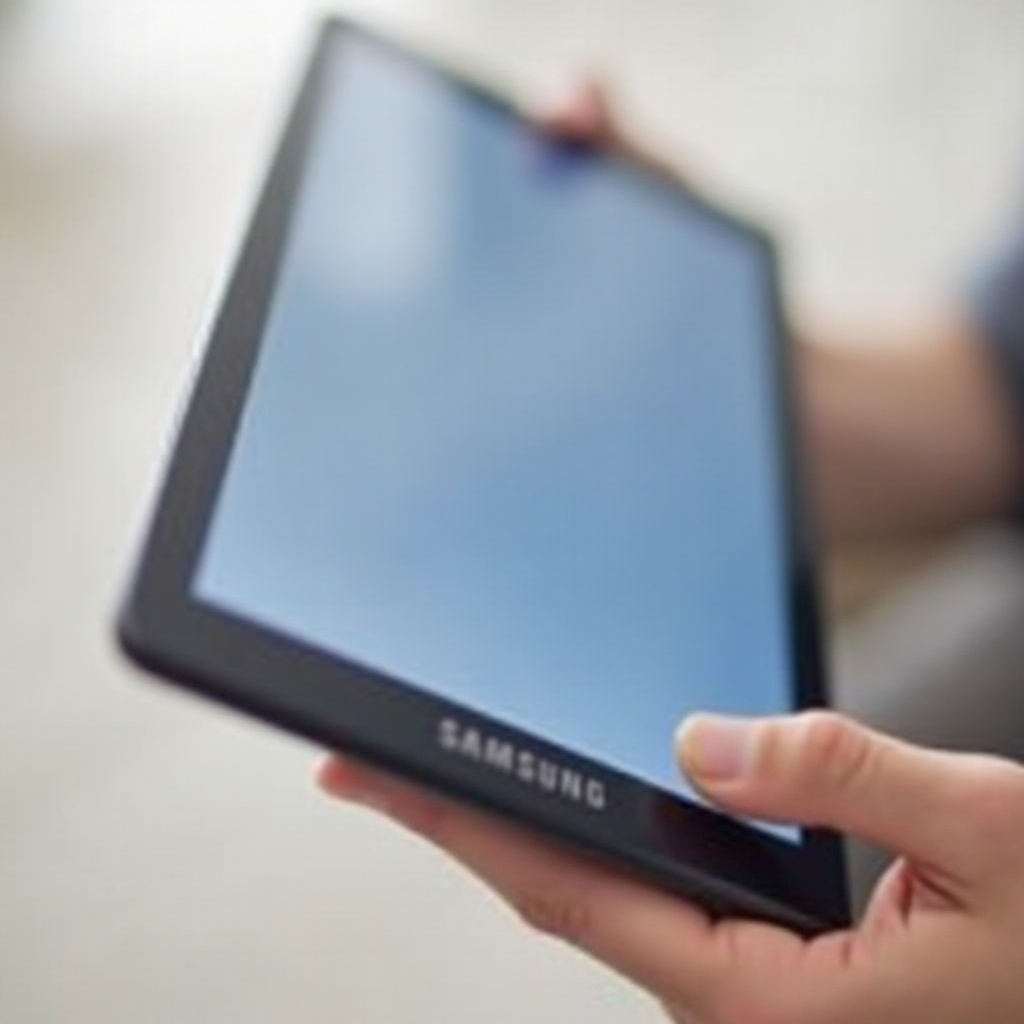Introduction
Experiencing a blurry monitor display can be highly disruptive, affecting both productivity and comfort. Blurriness can originate from a variety of technical issues including incorrect resolution settings, outdated or corrupted drivers, or even hardware malfunctions. Thankfully, these issues are usually fixable with some targeted troubleshooting. Grasping both the causes and the solutions not only resolves the immediate display problems but also aids in maintaining a clear screen in the long term.
In this thorough guide, we will discuss the frequent causes of blurry monitor displays and the methods to diagnose and fix them. By the end, you will have a comprehensive understanding of how to eliminate the blur and keep your monitor performing at its best for years to come.

Common Causes of Blurry Monitor Displays
Understanding why a monitor becomes blurry is crucial to fixing the issue effectively. Various factors could contribute to a blurry display.
Incorrect Resolution Settings
Monitors are constructed to deliver the best visual experience at a specific resolution known as the native resolution. Setting your device to any alternative resolution can introduce blurriness to the display, making it imperative to match your system’s settings to the monitor’s specifications.
Outdated or Corrupted Drivers
Drivers play a crucial role by acting as intermediaries between the operating system and the hardware. Any outdated or corrupted graphics drivers can result in display issues, including a blurry screen. Ensuring that your graphics drivers are current can help maintain a sharp display.
Cable and Connection Issues
Often overlooked, cables are the lifeline for your monitor’s signal. A loose or faulty cable connection can lead to poor signal transmission, resulting in a blurry display. You should regularly check for tight, secure connections and replace any damaged cables.
Monitor Hardware Problems
More rarely, the problem might be intrinsic to the monitor itself. Hardware problems such as a malfunctioning backlight or an impaired LCD panel can result in screen blurriness, necessitating repair or replacement of the monitor.

Diagnosing the Problem
Correctly diagnosing the problem is essential before attempting solutions, ensuring you target the root cause and not just the symptoms.
Identifying the Cause
Observe whether the blurriness is continuous or sporadic. Continual blurriness suggests a more persistent issue possibly related to settings or hardware, while sporadic blurriness might be due to cable or connection problems.
Tools for Troubleshooting
Utilize built-in tools like Windows Display Settings or Mac System Preferences to ascertain and adjust your monitor’s resolution and settings. Third-party software can also assist in identifying driver issues and proposing updates.
Armed with the knowledge of potential causes and diagnostic tools, we can now explore specific measures to remedy blurry displays.
Solutions for a Blurry Display
Once the underlying issue is identified, targeted solutions can effectively restore a clear display.
Adjusting Display Settings
- Open your computer’s display settings.
- Choose the recommended or native resolution of your monitor.
- Apply the changes and verify if the display clarity improves.
Updating and Reinstalling Drivers
- Visit the website of your graphics card manufacturer.
- Download and install the latest drivers for your specific graphics card model.
- Reboot your computer to see if the driver update resolves the blurriness.
Checking Cable Connections
- Turn off both your monitor and computer before proceeding.
- Make sure all cables between them are perfectly attached.
- Replace any aging cables and test if this adjustment clears up the blurriness.
Resetting Monitor Settings
- Open the monitor’s built-in settings menu.
- Find the options to perform a settings reset.
- Reset to factory defaults and review if the display issue is eliminated.
Following these steps should help resolve many display clarity issues. If blurriness persists despite these actions, advanced troubleshooting might be necessary.
Advanced Solutions for Persistent Blur
Advanced solutions are required when basic troubleshooting measures fall short.
Software Solutions
For persistent issues, display calibration software can fine-tune monitor settings to resolve blurriness. These tools can be a valuable resource in ensuring precise adjustments.
Hardware Checks and Repairs
When the source of the issue is hardware-related, seeking professional aid can be a wise step. Technical experts can offer comprehensive inspections and repair or replace any defective parts to ensure your monitor’s optimum performance.
In addition to addressing current issues, adopting preventive strategies can keep your monitor display in optimal condition.

Preventive Measures
Carefully implementing preventive tactics can help retain your monitor’s display clarity and stave off future issues.
Regular Driver Updates
Consistently updating drivers ensures seamless interaction between software and hardware, effectively preventing future display problems.
Best Practices for Monitor Care
To extend the life of your monitor and maintain its display quality, treat cables and connectors gently, clean the screen regularly, and provide adequate ventilation and positioning.
Being continuously proactive regarding monitor maintenance can substantially reduce the incidence of display problems over time.
Conclusion
Dealing with a blurry monitor display can hinder your work and leisure. However, by familiarizing yourself with common causes and adopting effective solutions, you can drastically improve display clarity. Whether the solution lies in adjusting settings, updating drivers, or more involved repairs, these methods cater to diverse situations. Moreover, embracing preventive measures will ensure long-term monitor efficiency, providing you with a clear, sharp viewing experience.
Frequently Asked Questions
How do I know if my monitor’s resolution is incorrect?
Check your monitor’s native resolution in its manual or online. Compare it with your current display settings through your computer’s control panel.
Why does my monitor go blurry after a Windows update?
This often occurs due to outdated or incompatible drivers. Access your device manager to update and reinstall the necessary drivers.
Can a faulty cable cause a blurry display?
Yes, a damaged or improperly connected cable can disrupt the signal, leading to blur. Inspect and replace cables as part of your troubleshooting routine.

